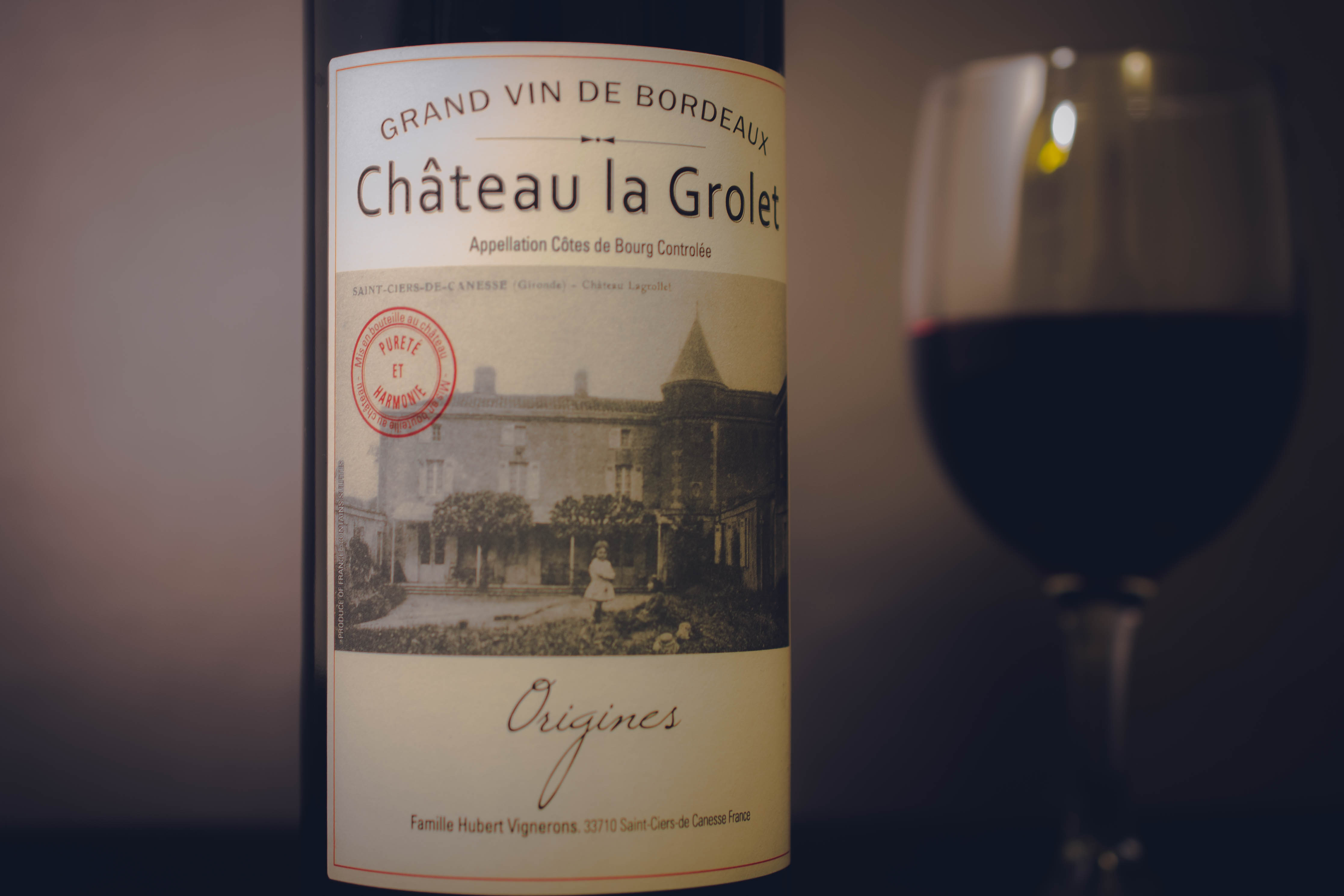Most of my reviews have been pretty generous, even when I don’t like a wine I try to be fair about it. Sometimes the wine might not meet my expectations, but in those moments I have to consider that my expectations may have been unreasonable. At the end of the day, I’m not an expert, I just have a thirst for wine and knowledge. All that being said, I was disappointed with this wine.
A little background, I learned pretty early that red wines from France’s Bordeaux region are the prototype for red blends across the world. As a person wanting to learn more about wine, that seemed a good place to start. So, for several months I sought out small corner shops that sell wine, to dig through their shelves for a bottle of basic Bordeaux AOC wine. In Chicago you can find these practically everywhere, for $10-15. By exploring wine this way, I was able to create a base line to compare other red blends, whether they be Italian, American, Australian, or whatever. At the same time, I developed an opinion of what I felt a Bordeaux should be.

Chateau le Grolet didn’t meet my expectation. Instead of being well-structured and harmonious, I found it to be have an aggressive fruit profile and lighter body than I was used to. Normally, when confronted with a wine like this I would write it off, but there’s just one problem, it isn’t simply a Bordeaux, it’s a Côtes de Bourg.
You see, Bordeaux isn’t just a single region, there are about 50 smaller wine districts within the Bordeaux AOC and each of those have different rules. So, what’s the difference between a basic Bordeaux and a Côtes de Bourg? I have no idea, and that’s the problem. This is the first time I’ve encountered a Côtes de Bourg, it’s not really fair for me to try to hold it to a standard I developed while drinking a completely different wine.

Here’s what I do know, most of the Bordeaux wines I’ve had were from the left bank, which generally uses Cabernet Sauvignon as a base for their wine. Chateau la Grolet is on the right bank, which typically use Merlot as a base. In fact, this wine is a blend of 70% Merlot, 15% Cabernet Sauvignon, 10% Cabernet Franc, and 5% Malbec. While I’ve had other right bank wines, they were more full-bodied and complex than this, but even that isn’t really a fair comparison since they were from different districts.
Chateau la Grolet is named for a 17th century manor that lies north of the confluence of the Garonne and Dordogne rivers. In 1997 it was acquired by the current owners who converted it to biodynamics. The wine is fermented with ambient yeast, it is organic, biodynamic, vegan, and Demeter certified. My impression was that it was a light to medium wine, with aggressive fruit flavors, and simple character.

At this point, I’m really trying to reserve judgment until I’ve had the opportunity to try another Côtes de Bourg. While I wasn’t pleased with how this wine performed, I wonder if I would have felt differently if I wasn’t expecting it to be something else. It seems clear the producers have made this wine with great care and I don’t want to casually dismiss their efforts due to my own ignorance.
If you’re looking for a basic Bordeaux, this is not a wine I would recommend. I think it would be a nice pairing for some fish, poultry, and pork dishes, but I would avoid pairing it with red meat. However, it is smooth enough that you don’t have to drink it with a meal. This also could be a good bottle to share with someone who tends to favor lighter reds or finds tannin disagreeable.
At least, that’s what I think. If you have the chance to try it, leave me a comment and let me know what you think.
